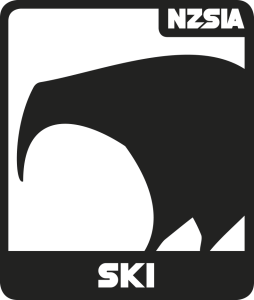Connectors & Cushions
Ligaments
Ligaments are important components of both structural and joint stability. For example, the anterior cruciate ligament (ACL) is a large ligament connecting the back of the femur to the front of tibia. When the hamstring stretches past an effective point, the ACL is one of the primary ligaments that serves to maintain knee joint stability.
Tendons
Tendons are the tough fibrous cords that connect bone to muscle. When a muscle tenses, it applies force, pulling the tendon(s) connecting a muscle or muscle group to a bone. As force is transmitted through the tendon to the bone a joint flexes or extends. Tendons also have elastic qualities which help to manage forces acting on the body and aid in stability.
Cartilage
Cartilage forms the slippery surface of the bone ends in the joints.

